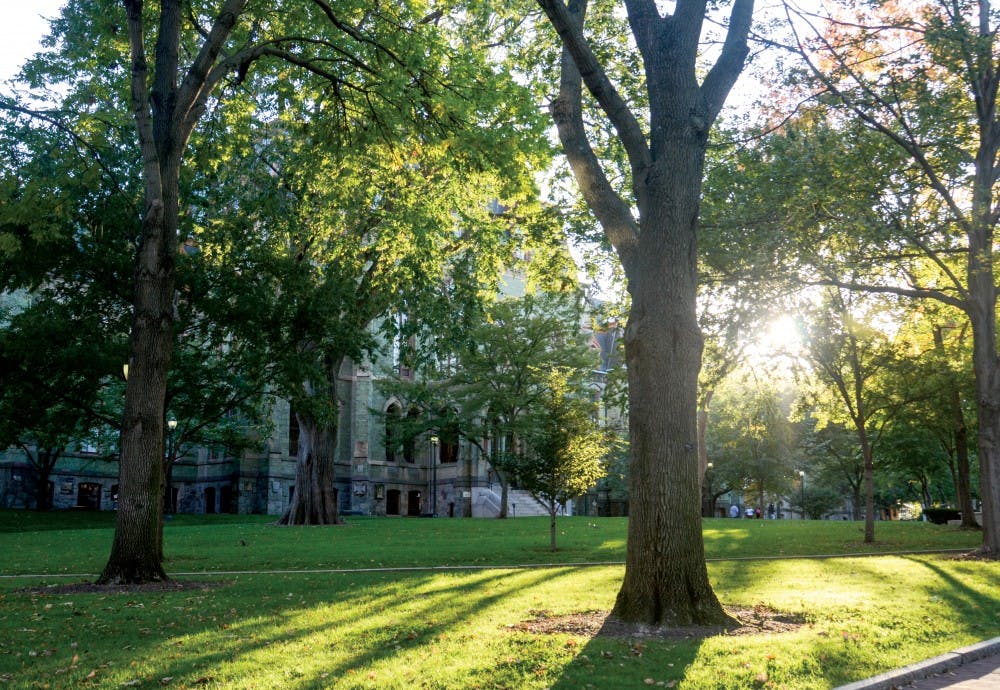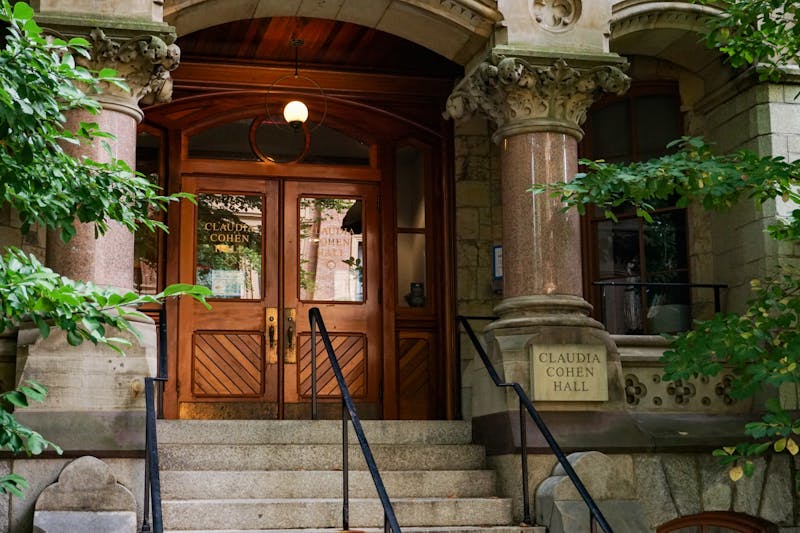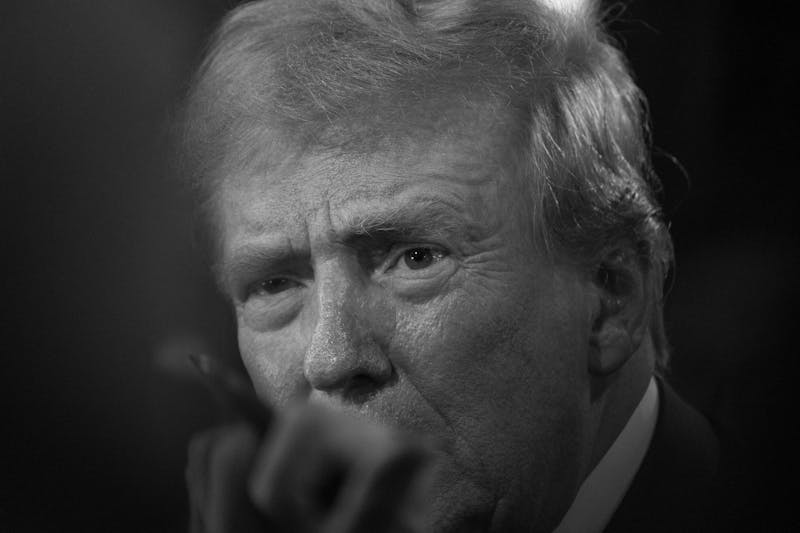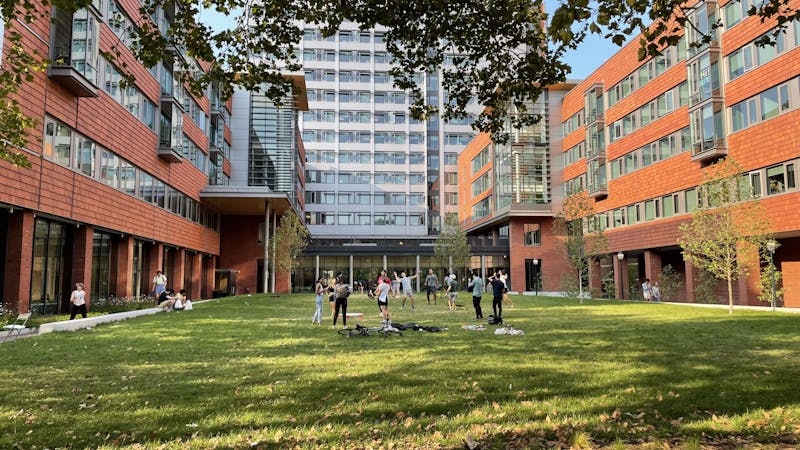
The petition created last week asks Penn President Amy Gutmann to make Penn a sanctuary campus for undocumented students, staff and their family members.
Credit: Joy LeePhiladelphia is already a sanctuary city, but given 1968 Wharton graduate Donald Trump’s victory in the presidential election, some advocates have asked Penn President Amy Gutmann to make Penn a “sanctuary campus.”
A petition created last week calls for Gutmann and the administration to make Penn a sanctuary campus for undocumented students, staff and their family members, given that Trump plans to deport 11 million undocumented persons, which would include 700,000 students protected under the Deferred Action for Childhood Arrival program. The DACA program, which President Barack Obama introduced under an executive order, could be eliminated by Trump with a similar order.
A “sanctuary city” is a term meaning local law enforcement is prohibited from turning over unauthorized immigrants to the federal government. These cities do not comply with federal immigration officials in holding undocumented immigrants in detention for nonviolent crimes or misdemeanors. In early November, Mayor Jim Kenney said Philadelphia will remain a sanctuary city, no matter what Trump does.
Penn Law professor Fernando Chang-Muy said calling an area a sanctuary city can be either reactive or proactive.
“I know Mayor Kenney has affirmed that Philadelphia is a sanctuary city but I do not know if they are supported by an executive order, which is a very formal mandate,” he said. “Or the city government could train the various departments to not call the federal government. We are just going to have to wait and see how this plays out.”
But Trump has called for a crackdown on sanctuary cities. His newly named chief of staff, Reince Priebus, said that Trump will consider cutting millions in funding to so-called sanctuary cities on the first day of his presidency.
Kenney has said he prefers the term “Fourth Amendment city” to “sanctuary city.”
“It is a good way of reframing it,” Chang-Muy said.
The Obama Administration has deported the largest number of people in U.S. history — between 2011 and 2013, immigration courts ordered an average of 414,650 people in one way or another, according to the Washington Post.
“The federal government has not fixed immigration problems in the United States,” Penn Design professor Domenic Vitiello said, “so cities and states have formed their own plans, creating disjunctive policy.”
“There has been increasingly polarized landscape, such as Hazleton, Pa. that passed the Illegal Immigration Relief Act in 2006, which imposes a fine on any landlord who rents to an illegal immigrant,” he said, “and it revokes for five years the business license of any employer who hires one. And then you have Philadelphia who supports the sanctuary movement.”
The enactment of sanctuary cities is not a new idea. Vitiello said that the sanctuary movement started in the 1980s. Between 1980 and 1991, nearly 1 million Central Americans crossed the U.S. border seeking asylum. Most of them were fleeing political repression and violence caused by civil wars in Guatemala and El Salvador. However, President Ronald Reagan’s administration blocked Central Americans from obtaining asylum status since they financially and militarily supported the governments, he said.
The Sanctuary Movement formed as a reaction to these policies, originating along the border with Mexico and Arizona, but was strong in Chicago, Philadelphia, California and Texas.
Vitielli said American cities have strongly benefited economically from immigration, noting that Philadelphia wouldn’t have a growing population without an influx of immigrants coming into the city.
According to a 2012 article published by the Cato Institute, immigrants boost economic productivity and don’t have a notable impact—either positive or negative—on net job growth for U.S.-born workers.
The Daily Pennsylvanian is an independent, student-run newspaper. Please consider making a donation to support the coverage that shapes the University. Your generosity ensures a future of strong journalism at Penn.
Donate






